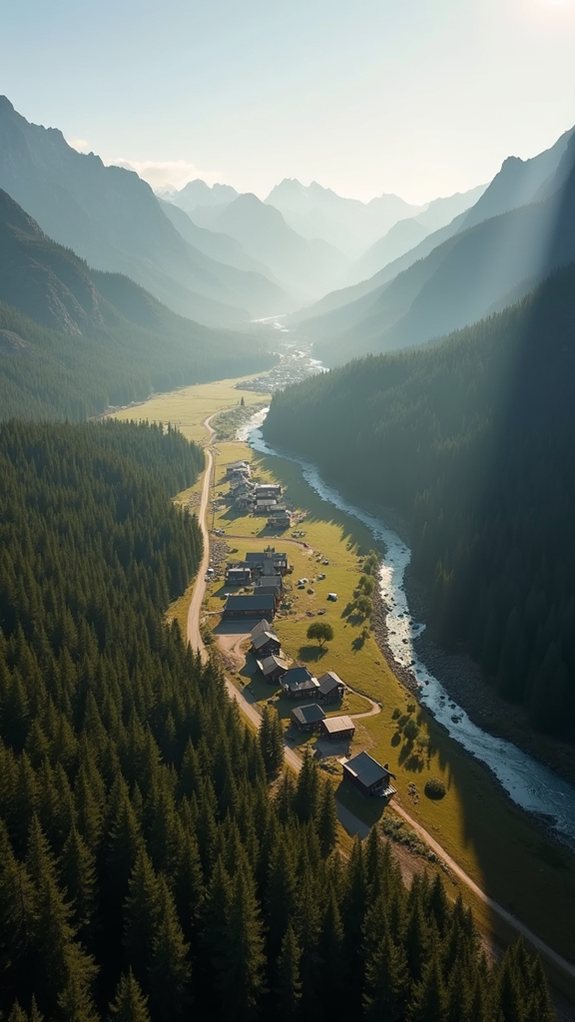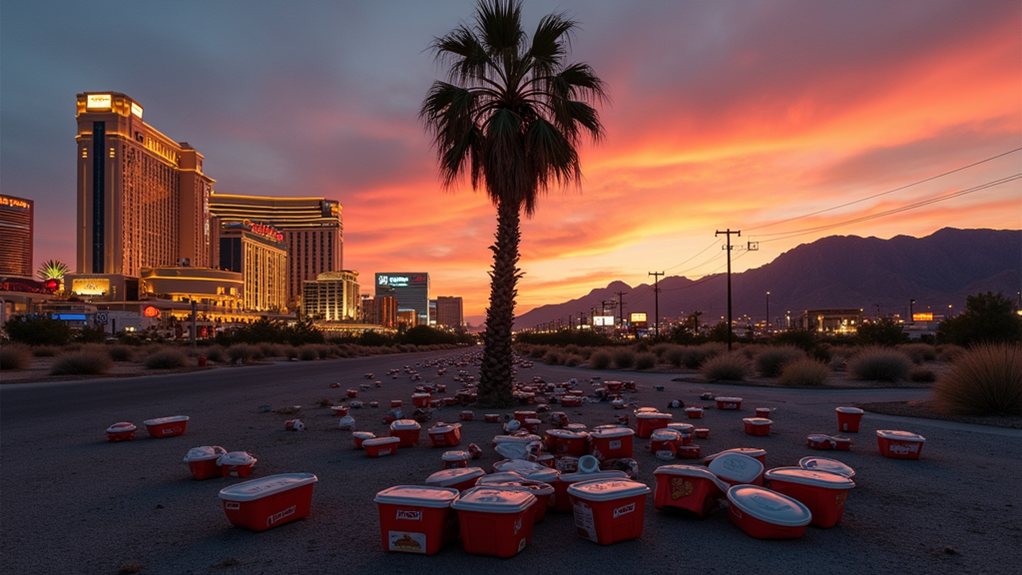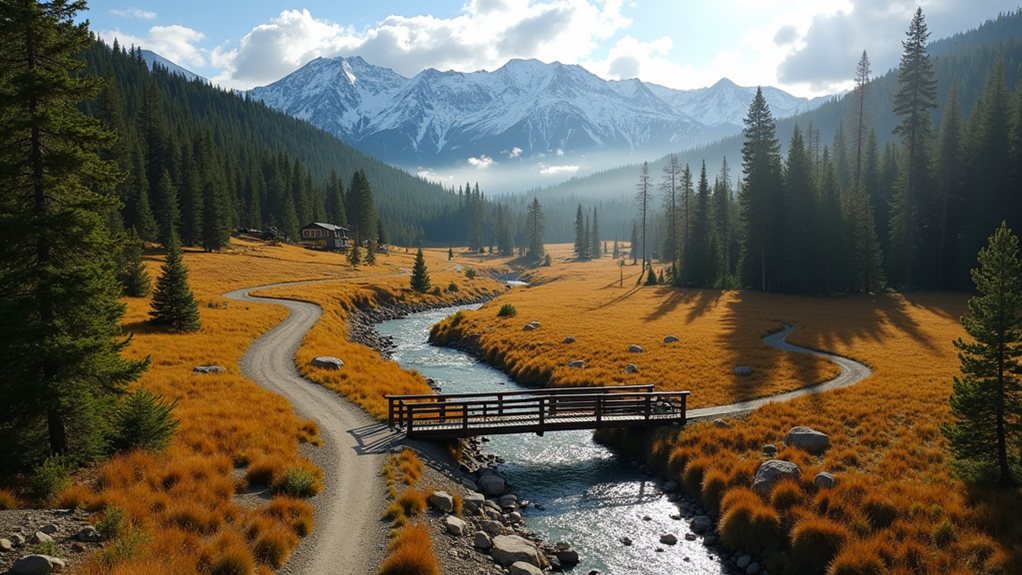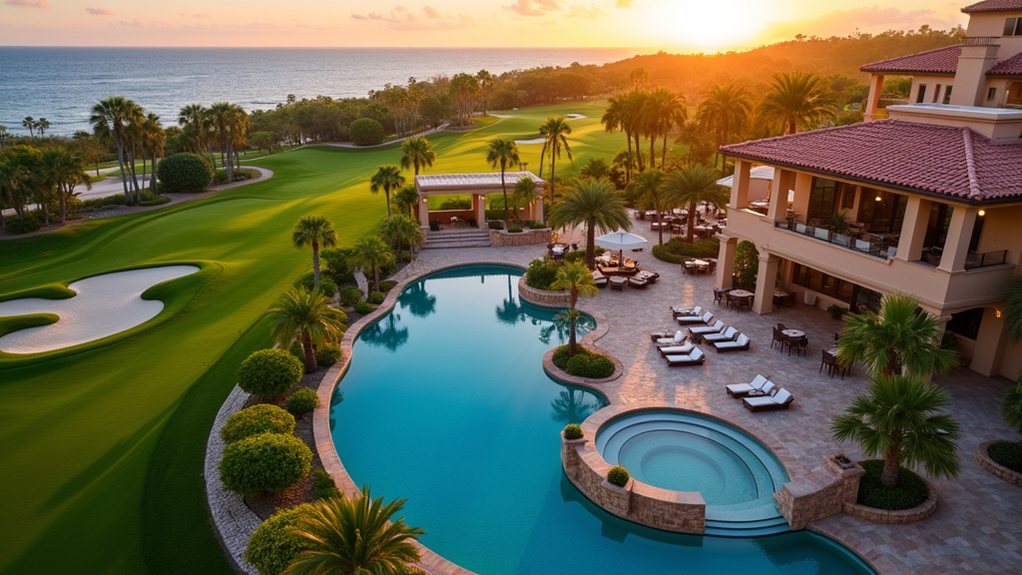Like a pearl tucked within Idaho’s rugged mountains, Stanley sits at the doorstep of America’s largest wilderness area outside Alaska. This tiny hamlet, population 69, serves as the gateway to the 2.3-million-acre Frank Church-River of No Return Wilderness, where backpackers, rafters, and modern-day pioneers find themselves truly disconnected from civilization. The town’s log cabins and rustic storefronts, dwarfed by the jagged Sawtooth peaks, offer the last taste of comfort before visitors venture into terrain where cell signals surrender to wolf howls.
Idaho’s Gateway to Untamed Wilderness

Situated deep within the rugged terrain of central Idaho, remote towns offer a glimpse into what true wilderness really means. Located among vast national forests and surrounded by undisturbed landscapes, these small communities exist as islands of civilization amidst a sea of untamed nature. The population numbers often barely reach triple digits, creating tight-knit communities where everyone knows not just your name, but your dog’s name too.
Idaho’s crown jewel, the Frank Church-River of No Return Wilderness, spans over 2.3 million acres, making it the largest contiguous wilderness area in the lower 48 states. Here, visitors can travel for days without crossing a single paved road or seeing evidence of modern infrastructure. The mighty Salmon River, often called “The River of No Return,” carves through this rugged landscape, providing both life-sustaining resources and recreational opportunities for adventurous souls. The acclaimed Wood River Trail connects several resort towns, offering year-round recreation options for visitors seeking both wilderness and developed amenities.
Getting to these remote havens isn’t for the faint of heart. Winding, unpaved roads stretch for miles, sometimes requiring four-wheel drive vehicles and plenty of patience. Some locations remain so remote that they’re only accessible by small aircraft or multi-day hikes, preserving their pristine character and keeping the crowds at bay. Towns like Dixie require adventurous travelers to navigate long, unpaved roads through the Nez Perce National Forest to reach their destination. Similar to the high-elevation paradise above Lake Tahoe, these areas boast alpine lakes that shimmer like jewels against the backdrop of dramatic mountain ranges.
The local economies thrive on a delicate balance of small businesses, outdoor tourism, and traditional industries. Visitors seeking authentic wilderness experiences contribute greatly to these communities, purchasing supplies at general stores, staying at family-run lodges, and hiring local guides who know every curve of the river and trail in the surrounding wilderness. Salmon, Idaho with its friendly residents exemplifies this small-town atmosphere where outdoor enthusiasts find genuine hospitality.
Conservation efforts remain paramount, with local communities often serving as stewards of the land. Indigenous cultural heritage runs deep in these areas, with many towns acknowledging and preserving the histories of the Nez Perce, Shoshone, and other tribal nations who originally called these wild places home.
For those seeking the last vestiges of true wilderness in America’s lower 48, these remote Idaho towns don’t just offer a vacation destination—they provide a portal to a vanishing way of life where nature still reigns supreme and humans remain respectful visitors.








